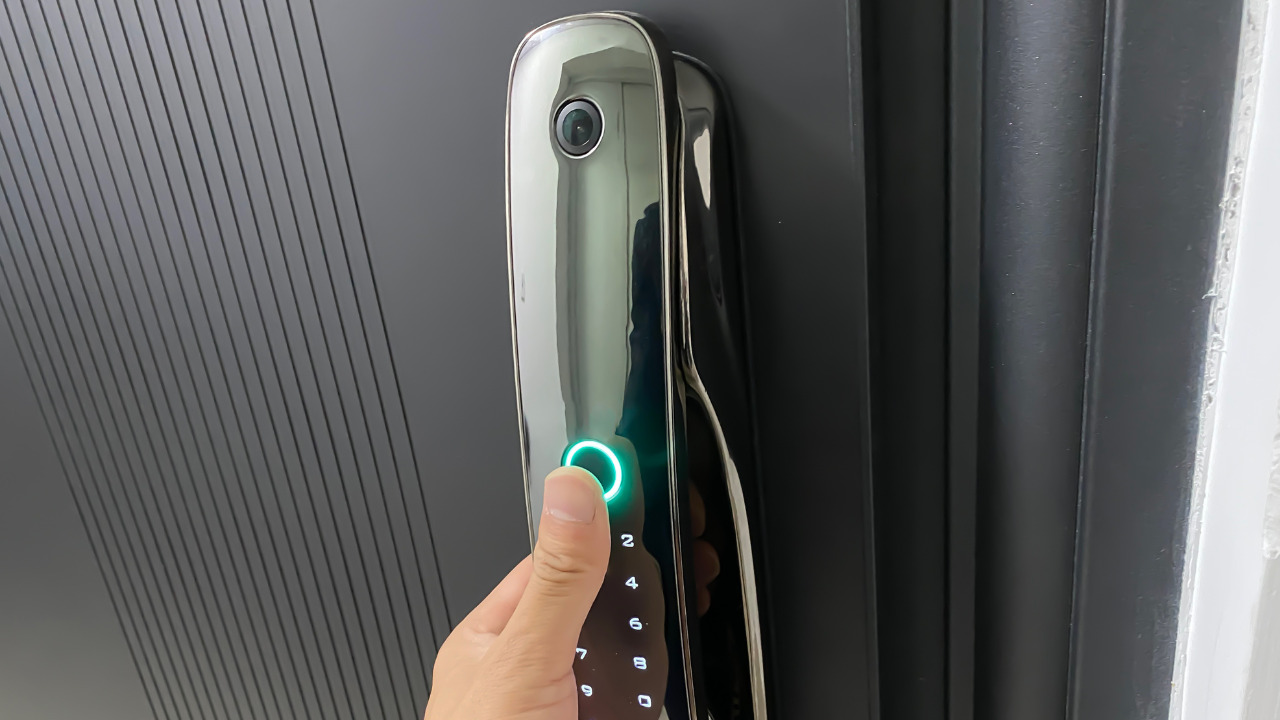To keep your garage door secure from the cold winds, rain, and snow of the winter, make it airtight. Not only that, but the crawling insects, muck, and polluted air can harm your garage and other objects inside your home. Preventing such problems and keeping you out of trouble is as simple as sealing the garage door.
Soundproofing your garage door will allow you to operate heavy garage equipment like table saws without disturbing your neighbors. Noises will leak out if your garage door isn’t airtight, resulting in neighbor disputes. To understand how to seal your garage door from the inside, continue reading the article.
Table of Contents
Why Do You Need To Airtight Garage Door?
Water expands when it freezes, as we all know. When we put water in a container, it has nowhere to expand, and the container may break. If you have a boiler in your garage with much pipework, this is a problem. Air-tightening the garage door reduces these odds.
Bugs will always locate a breach in our garage door and cause damage, particularly if your garage contains ancient books or photographs. Even if your garage door is closed, the sneaky heat can escape.
Here are some ideas for how to seal your garage door from the inside to keep noise out and bugs and bad weather out. But keep in mind that making a garage door airtight is best left to the professionals because they have the necessary expertise and equipment.
Steps To Airtight Garage Door
Consider why you need to seal your garage door before air tightening it. Is this for the sake of making noise or something else entirely? If you want to make much noise, go to your garage during the day and turn out all of the lights.
Examine the portion of your garage door, whether the problem was found on the top, bottom, or sides.
Measure Garage Door
As a result, the first and most crucial step is to measure all of the areas where the trims and weatherstripping will be installed. So first, write everything down, leaving an 8-inch gap from the inside edge, and then make the notes. As a result, you’ll be prepared for the next step.
When the matter is air, it is natural to open the garage door when working in your garage. It will keep you from running out of air.
Clean The Track
The cleaning process is essential because any dust left on the surface will produce an air bubble inside the garage door seal. As a result, the noise and other factors infiltrate the home. So, get a brush and clean all of the areas where you’ll be putting these trims, such as the garage door’s floor, top, sides, and bottom.
If you have a wooden garage door, you should lubricate the surface with any lubricant because the surface will not appear horrible if you need to remove the trims after some time.
Cut All Trims For Inside’s Garage Door
You’ve made it through the second step with flying colors. Now you must cut all of the trims and weatherstrips to your written measurements. When cutting everything out, leave the vinyl trim seal long and start nailing it from one side. A trim cutting tool or a tiny tooth saw might be used for this job.
You’ll notice that some of the profiles come with pre-installed nails, so you won’t have to start from scratch.
Use Vinyl Trim As Garage Door Sealer
When it comes to garage door seals, vinyl trim is the greatest option because it allows you to install it on the top, bottom, and sides of the garage door from both the inside and outside. As a result, you can put this vinyl trim garage door seal around a door to ensure a proper seal and no leakage.
You’ve seen a variety of widths and links, but the installation method is the same for all of them. If you have an existing trim, you must remove it before installing the vinyl seal.
Install the nails at eight-inch intervals if you’re installing a new one. When you’ve finished nailing, place it on the surface, ensuring the grooved side is against the wall.
Install An Aluminum Retainer
That’s fantastic if your garage door walls have vinyl striping on the top, bottom, and sides. If you want to or if your garage door’s retainer is broken, you should first install an aluminum retainer. As a result, you won’t have any issues installing weather stripping.
To gain access to the bottom seal of your garage door, you’ll need a flathead screwdriver to pop out the roller. After that, remove your existing weatherstripping and place a retainer at the bottom. However, ensure that the notch on the bottom right corner is cut first, followed by the notch on the bottom left corner, to be easily attached to the body.
Conclusion
It’s all too easy to overlook your garage door, especially if it’s a sealed one. However, you must exercise caution because the seal will function only if not cracked or broken. Your ideas can be ruined by any hole or crack. It’s an intriguing concept to close the air gap in your garage door. It has several benefits.
If you live in a cold climate, this is very important. If you’re thinking about doing this and have a reasonable budget, you could replace your current door with one that has adequate air gap sealing built-in.





